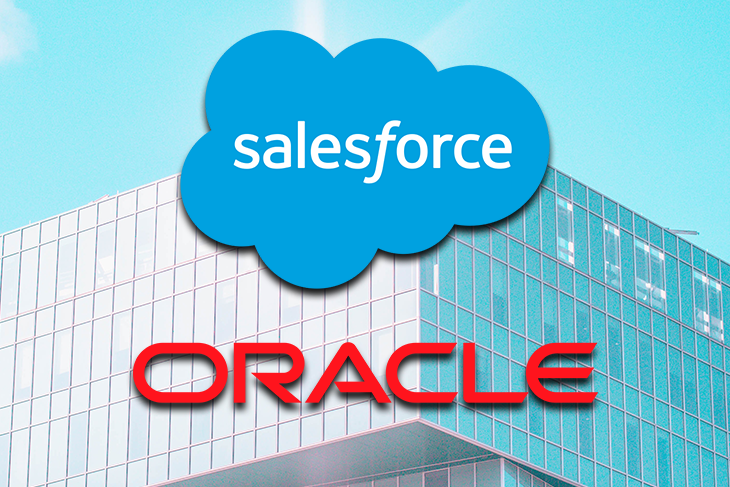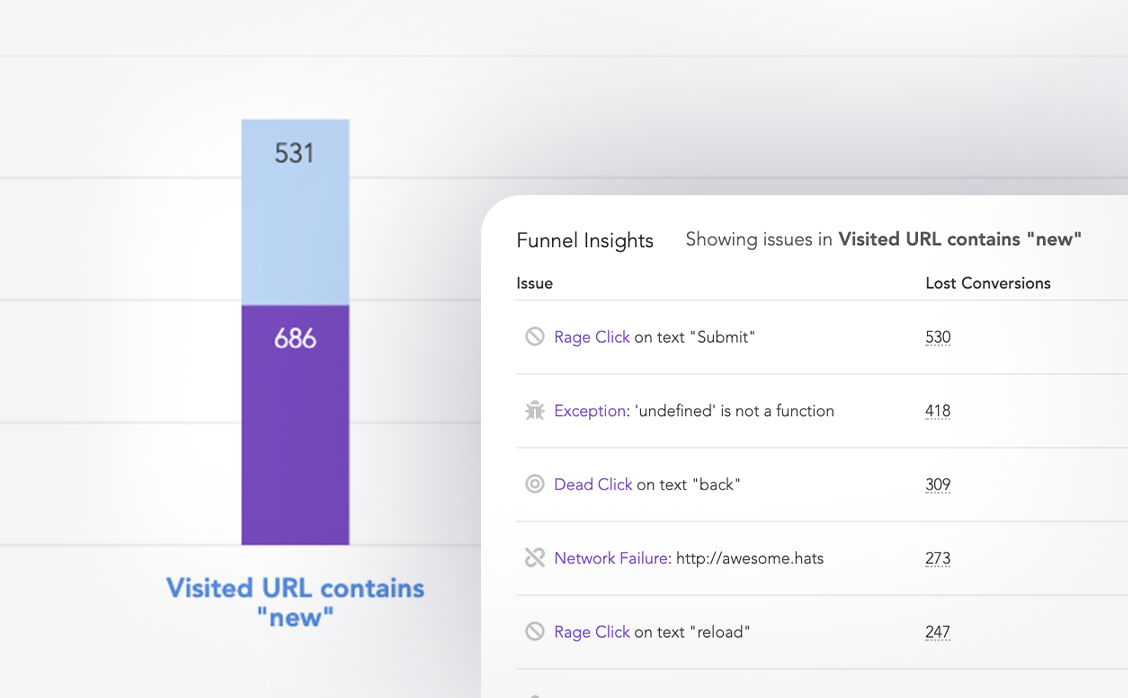As greater numbers of customers shop online, more and more businesses turn to ecommerce to further increase sales. Previously, only large companies had online storefronts, but now, medium- and small-sized businesses are increasingly developing online shopping platforms. One recent push for ecommerce is the trend of customers shopping online to pick up products in-store.

To assist businesses with ecommerce, companies developed software-as-a-service (SaaS) applications to streamline technical aspects. Two such companies are Salesforce Commerce Cloud (SFCC) and Oracle CX Commerce. Currently, SFCC has a larger market share in the ecommerce sector, but Oracle CX Commerce also has a solid product offering.
In this article, we’ll compare Salesforce Commerce Cloud with Oracle CX Commerce. We’ll cover some of the basic similarities and differences of each platform, along with pros and cons of each product. We’ll also discuss reasons why a company might pick one ecommerce platform over the other.
Both Oracle CX Commerce and Salesforce Commerce Cloud offer cloud-based, SaaS applications for your company to create and manage ecommerce storefronts. Both solutions offer ways to customize storefronts, manage inventory, handle sales, and integrate various ecommerce features.
One significant advantage both products offer is an online-based platform. A company using a SaaS ecommerce product can focus on the business of selling products instead of delving into the technical mechanics of operating websites and performing technical upgrades. Both products also provide ways for your company to offer online purchasing for in-store pickup.
SFCC and Oracle CX Commerce have certain commonalities in terms of operations like:
These two ecommerce platforms also have several key differences in their operations:
However, because both companies are ecommerce products, the true tests of similarities and differences are in ecommerce related topics.
One of the primary factors for your company to consider when choosing an ecommerce vendor is integration options. Ecommerce platforms don’t stand alone and need to integrate with additional platforms for content management, customer relationship management (CRM), and marketing tools. Each platform takes a different technological approach to integrations.
Oracle CX Commerce was built with an API-first perspective. All communications in and out of Oracle CX Commerce happen via a REST API, which makes integrations with other API-based products straightforward. Having an API-first approach increases the flexibility of the program, which has several pros and cons. For example:
SFCC takes a different approach. Since it began as Demandware in 2004, the product design is not an API-first mentality. Instead, Salesforce offers a suite of in-house products that take care of CRM, content management, and marketing.
Due to Oracle CX Commerce being a much newer product, site development is in JavaScript, HTML5, CSS3, and NodeJS. Most web developers are familiar with these frameworks.
Salesforce Commerce Cloud, on the other hand, is in ISML (Internet Store Markup Language), Digital Script (.ds, a server-side language based on JavaScript), and some JavaScript.
With this in mind, Oracle CX Commerce is more approachable for web developers since it’s API-friendly and uses common languages. SFCC, conversely, has a development learning curve, and in many instances, companies hire out development to third-party organizations.
The same holds true for basic site design. Oracle CX Commerce has better tools for out-of-the-box, drag-and-drop storefront creation with customization. SFCC’s site design process is more labor-intensive.
Choosing the right ecommerce solution depends on your company’s needs. Several factors go into consideration:
Salesforce Commerce Cloud tends to be more expensive, but it also has more features than Oracle CX Commerce.
Oracle CX Commerce integrates well with other ecommerce components due to its API-first construction. Oracle has the CX Suite available for additional ecommerce products, but users can choose other products too. SFCC is slightly more difficult to integrate with non-Salesforce platforms, but there is an entire Salesforce suite of products designed for ecommerce integration.
Based on customer feedback, the best platform in terms of documentation is undecided. Customers of both SFCC and Oracle CX mentioned that the systems can be quite complex, and finding documentation can be difficult.
We covered some of the basic attributes of SFCC and Oracle CX Commerce and discussed some of the primary features of each platform. We also looked at some of the biggest differences between the two products. Both SFCC and Oracle CX Commerce have many features to assist companies with ecommerce storefronts.
You should investigate all technical details, support offerings, pricing, and feature specifics to determine which option is the best fit for your company.

LogRocket is like a DVR for web and mobile apps and websites, recording literally everything that happens on your ecommerce app. Instead of guessing why users don’t convert, LogRocket proactively surfaces the root cause of issues that are preventing conversion in your funnel, such as JavaScript errors or dead clicks. LogRocket also monitors your app’s performance, reporting metrics like client CPU load, client memory usage, and more.
Start proactively monitoring your ecommerce apps — try LogRocket for free.
Hey there, want to help make our blog better?
Join LogRocket’s Content Advisory Board. You’ll help inform the type of content we create and get access to exclusive meetups, social accreditation, and swag.
Sign up now
Get to know RxJS features, benefits, and more to help you understand what it is, how it works, and why you should use it.

Explore how to effectively break down a monolithic application into microservices using feature flags and Flagsmith.

Native dialog and popover elements have their own well-defined roles in modern-day frontend web development. Dialog elements are known to […]

LlamaIndex provides tools for ingesting, processing, and implementing complex query workflows that combine data access with LLM prompting.